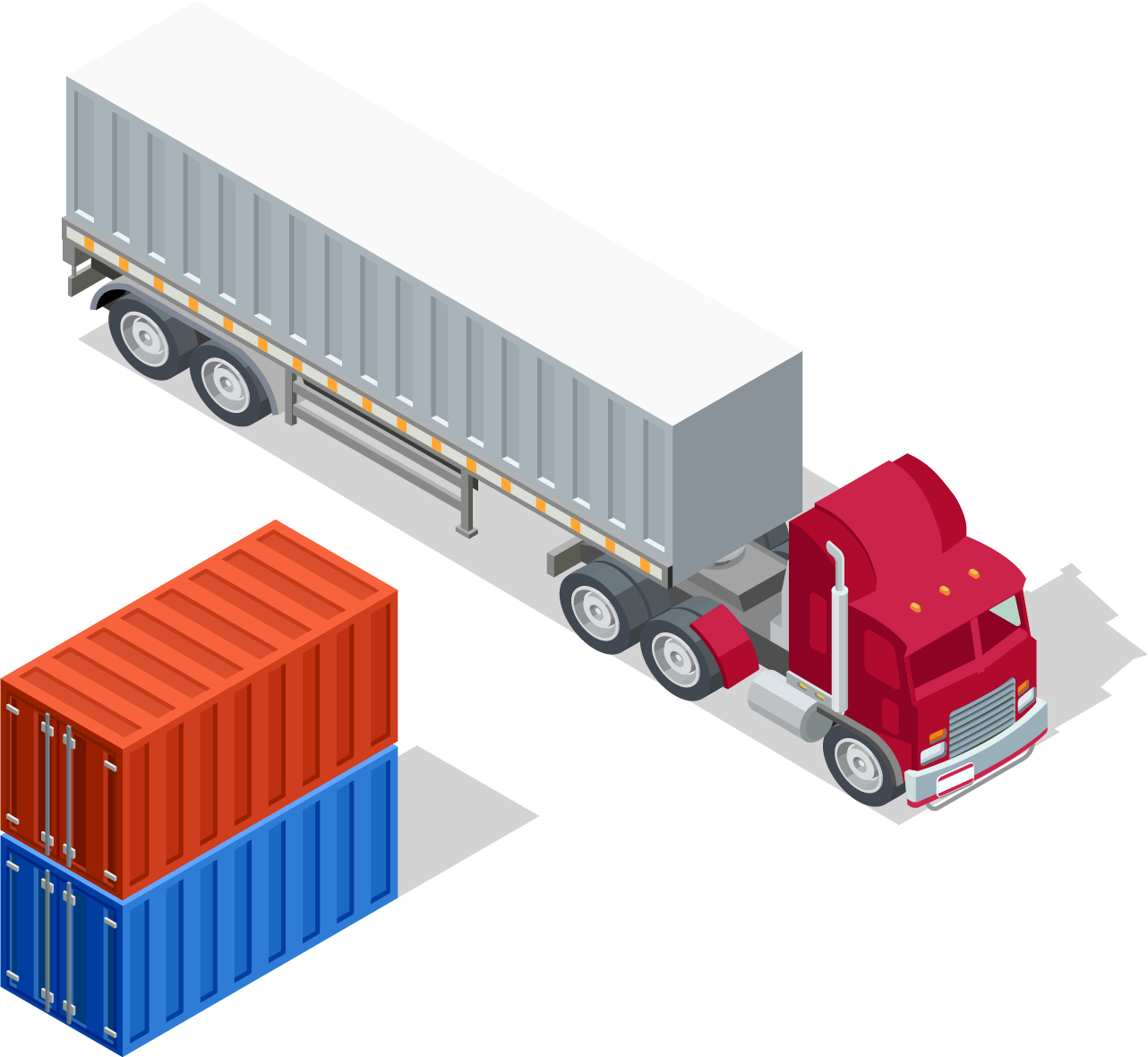Container logistics
The organization of transportation of goods includes a number of procedures, and an important condition for its implementation is the safety of the transported goods, which can fully provide container transportation. The cargo is maximally protected from damage, theft of goods, as well as other external factors, including the negative impact of weather conditions.
We provide services for the organization and provision of cargo delivery using sea container lines and special trailers.
Container transportation compares favorably with any other type of transportation in that it is not necessary to unload and reload the goods again and again on the route, even with long distances and using multimodal transportation. In addition, as a result of the absence of the need for overload and the relative ease of loading and unloading, time is saved, which is also very important for the delivery of certain types of goods.
Of particular importance for transportation according to all the rules of the established regulations is the correct choice of the container in which the goods will be transported, depending on this, various types of containers are used to ensure compliance with the conditions of safe transportation.
Our experts will help you choose the right type of container suitable for your load.
With us you will receive high-class service and optimal conditions for the transportation, use and storage of goods in containers throughout the route of the goods.
Having decided to use the services of Alkron company for the delivery of goods by containers from anywhere in the world, you will receive:
- Qualified service
- Full guaranteed cargo protection.
- Monitoring and informing along the entire freight route.
- The ability to deliver goods to almost anywhere in the world.








